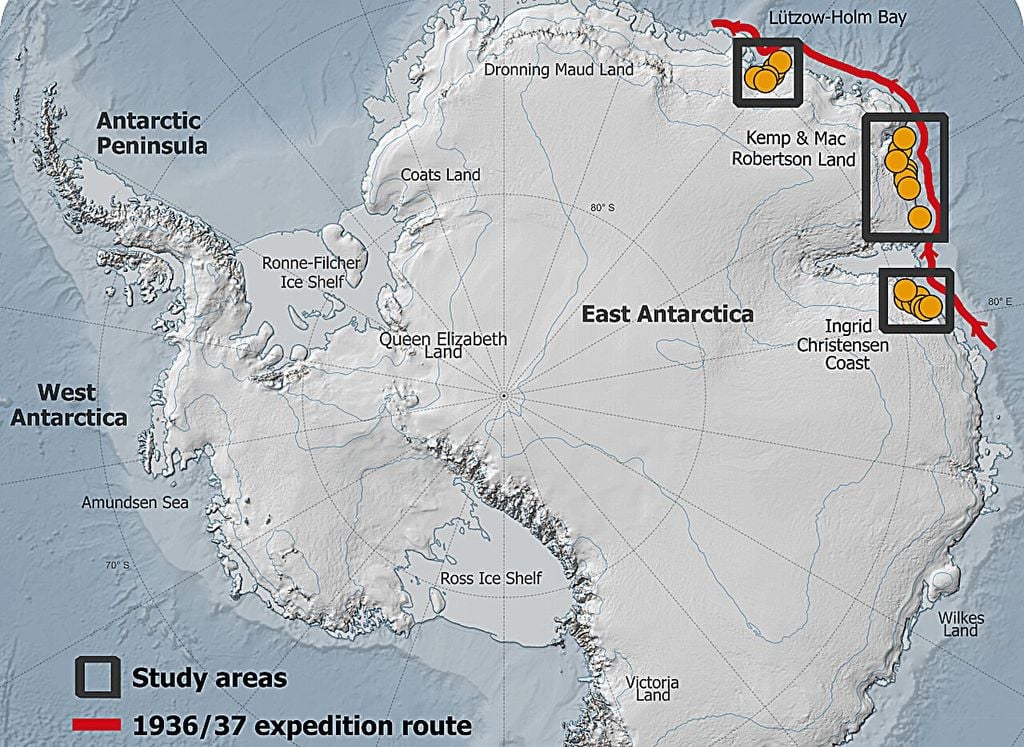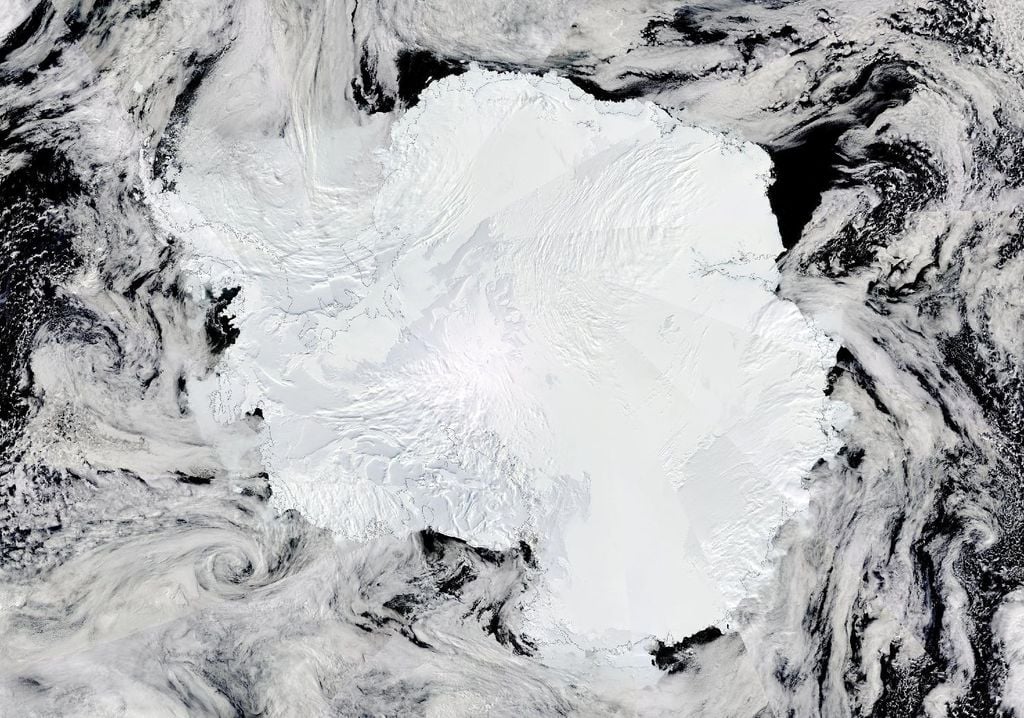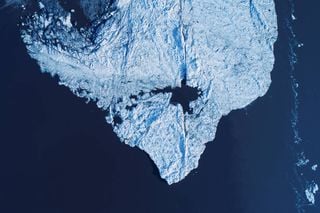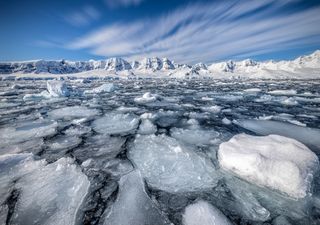Scientists Discover that 2,000 km of the Antarctic Coast are Covered by Stable Ice for 85 Years
In one area of East Antarctica, the ice has remained stable and even grown slightly for almost a century, although scientists are seeing early signs of weakening.

Forgotten aerial photographs of a 1937 whale ship have provided researchers at the University of Copenhagen with the most detailed picture to date of the evolution of ice in East Antarctica. The results show that the ice has remained stable and even grown slightly for almost a century, although scientists are seeing early signs of weakening. The research provides new insights that improve predictions of ice changes and sea level rise.
Good news from an area of East Antarctica
Higher temperatures, extreme atmospheric conditions, melting glaciers and rising sea levels – all indicators that the world's climate and ice masses are in a critical state. However, a new study published in Nature Communications from the Department of Geosciences and Natural Resource Management at the University of Copenhagen offers a bright spot at the local level.
Using hundreds of old aerial photographs dating back to 1937, combined with modern computer technology, researchers have tracked the evolution of glaciers in East Antarctica. The area covers approximately 2,000 kilometres of coastline and contains as much ice as the entire Greenland ice sheet. By comparing historical aerial photographs with modern satellite data, researchers were able to determine whether the glaciers have retreated or advanced and whether they have thickened or thinned. The study reveals that the ice has not only remained stable but has grown slightly over the past 85 years, in part due to increased snowfall.

"We constantly hear about climate change and new melting records, so it's comforting to look at an area of glaciers that has remained stable for almost a century," says Ph.D. student Mads Dømgaard, first author of the study. However, the researcher highlights that the study also shows the first signs of changes in the sea ice in front of the glacier. This could mean that stable glaciers in East Antarctica could shrink in the future.
"Our results also indicate a weakening of sea ice conditions, making the glaciers' floating ice tongues more vulnerable and unable to grow as much as seen in the first aerial images from 1937. We know from other parts of Antarctica that the ocean plays an extremely important role and drives the enormous and increasing melting that we see, for example, in West Antarctica," says Dømgaard.
More about the study
Of 2,200 images photographed from seaplanes in 1937, 130 were selected for analysis. The researchers combined the historical photographs with modern satellite data to create 3D reconstructions of the glaciers. The Norwegian aerial images were complemented by 165 aerial images of the same glaciers from Australian studies conducted between 1950 and 1974. This allowed the researchers to examine the evolution of glaciers in different periods and calculate historical ice flow velocities for selected glaciers.
Compared to modern data, ice flow rates do not change. While some glaciers have thinned over shorter interim periods of 10 to 20 years, they have remained stable or grown slightly over the long term, indicating a system in equilibrium.
"By comparing historical aerial photographs with modern satellite data, we have gained critical insights into glaciers that we would not otherwise have had. I think it is fantastic that these ancient images can be used to generate new research results almost 100 years after they were created," says assistant professor Anders Bjørk of the University of Copenhagen, who heads the group working on historical images.
Potential for significant sea level rise
The Antarctic ice sheet is receiving increasing attention from researchers due to its potential for extremely large and rapid sea level rise. Unlike Greenland, very little was known about Antarctica's glaciers until the 1990s, when the first good satellite observations became available.
"The first observations of glaciers are extremely valuable, giving us a unique view of how ice has evolved through a variable climate and whether current changes in ice exceed the normal cycle of glacial advance and retreat", explains Dømgaard.
According to the researcher, robust, long-term data are crucial to producing accurate predictions about the future evolution of glaciers and sea level rise, and this study provides new insights into a vast area in East Antarctica.
"Long glacier time series improve our ability to create more accurate models of future ice changes, since the models are based on historical observations," concludes Bjørk.
Reference:
Mads Dømgaard et al, Early aerial expedition photos reveal 85 years of glacier growth and stability in East Antarctica, Nature Communications (2024). DOI: 10.1038/s41467-024-48886-x








